San Francisco, California —(Map)
A group called The Ocean Cleanup is pulling a huge floating screen out to sea. They hope the device will collect plastic trash in the ocean, making the plastic easy to remove.
Every year, over 17 trillion pounds (7.72 trillion kilograms) of plastic are washed into the oceans. There are five huge areas in the world’s oceans that are a “soup” of floating trash. One of these areas, the Great Pacific Garbage Patch, is three times as large as the country of France.
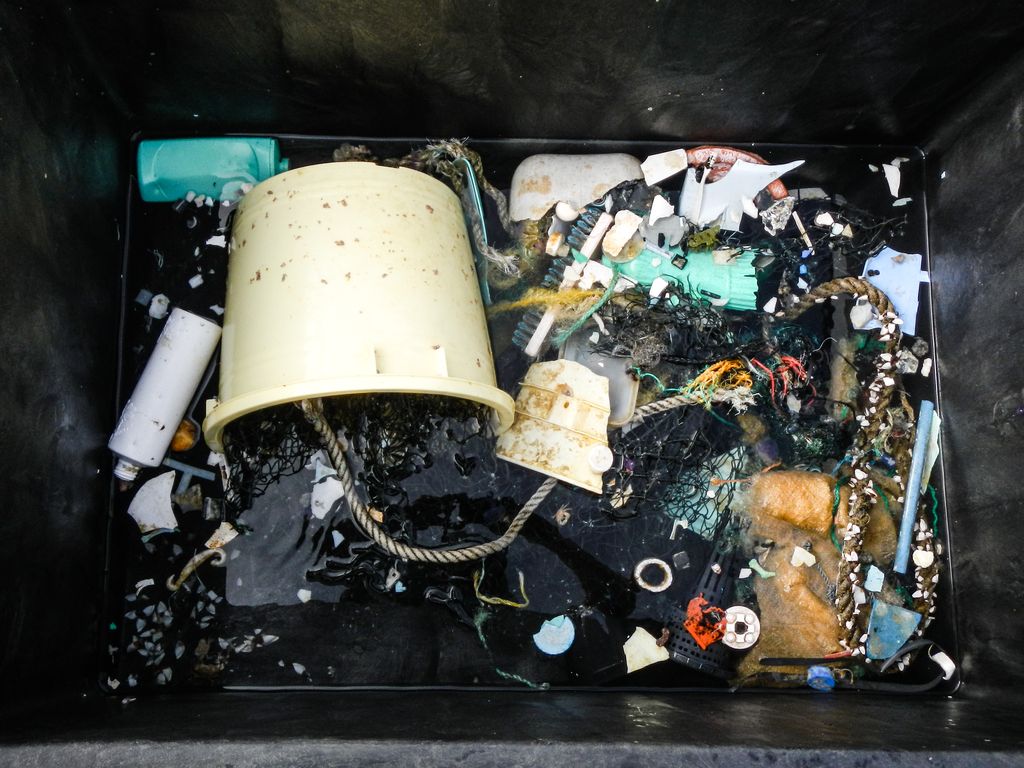
There are five huge areas in the oceans that are a “soup” of floating trash.
(Source: The Ocean Cleanup.)
But even though there’s lots of plastic, it’s still very spread out. It would take a very long time to go around and pick up each piece.
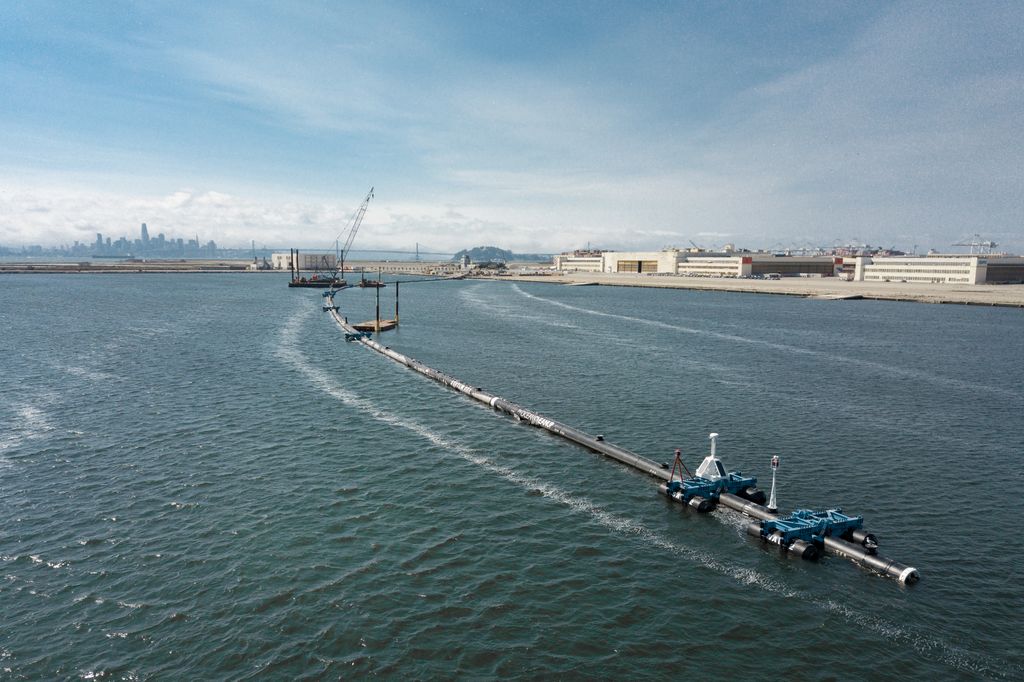
The Ocean Cleanup says that plastic will collect inside the U shape.
(Source: The Ocean Cleanup.)
System 001 is meant to solve that problem. It is a 2,000-foot-long (600-meter-long) floating tube. The screen, which nothing can get through, hangs in the water below the tube. Ocean Cleanup says that the U-shaped tube will be moved by the water and the winds in a way that forces plastic to collect inside the U. That will make it easy for a ship to come remove the plastic and take it back to land.
A Dutch teenager first had the idea for Ocean Cleanup. In 2013, 18-year-old Boyan Slat shared his idea in a talk that was shown on the Internet. Many people got excited about his idea.

Now he’s 24 and his first test system is being pulled out to sea.
(Source: DWDD, via Wikimedia Commons.)
Now it’s six years later. Mr. Slat is 24. His company has raised $40 million, and his first test system is being pulled out to sea.
System 001, which cost about $23 million, left San Francisco on Saturday. It will be pulled about 275 miles (440 kilometers) out to sea, where it will be tested for two weeks. If everything goes well, it will then be pulled more than 1,000 miles (1,600 kilometers) more to the Great Pacific Garbage Patch.
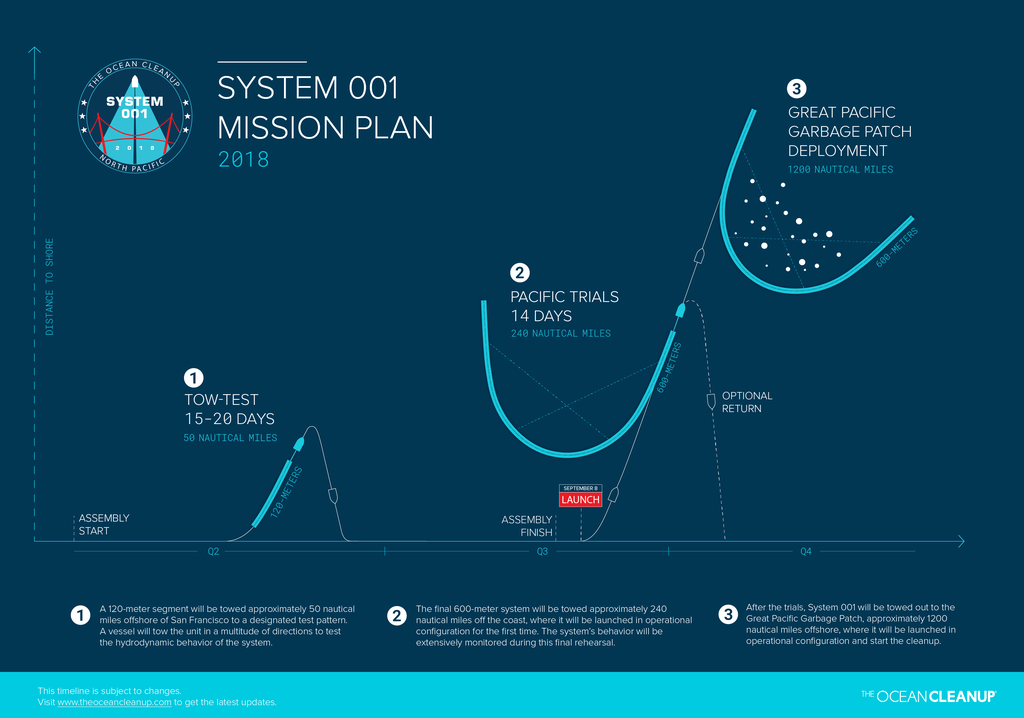
Finally it will be pulled out to the Great Pacific Garbage Patch.
(Source: The Ocean Cleanup.)
Ocean Cleanup hopes to remove about 110,000 pounds (50,000 kilograms) of plastic in the first year. The group says they will study and learn from System 001. Their goal is to build as many as 60 systems and remove about half of the plastic from the Great Pacific Garbage Patch in five years.
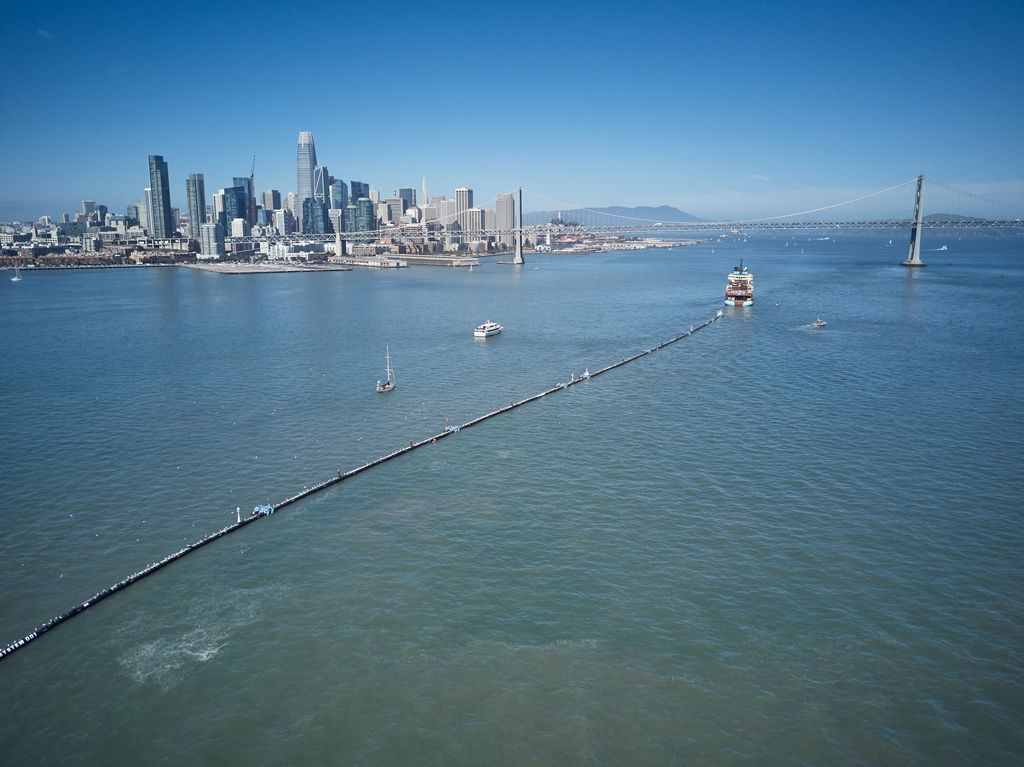
The group hopes to learn from System 001 before adding more systems like it.
(Source: The Ocean Cleanup.)
Not everyone is sure the project will work. Some people think that the 10-foot (3-meter) screen does not go far enough down to catch much plastic. Other people are worried that the screen, and any plastic it collects, could trap and hurt sea animals. A few people have wondered whether System 001 will get broken by strong seas, turning the system itself into plastic pollution.
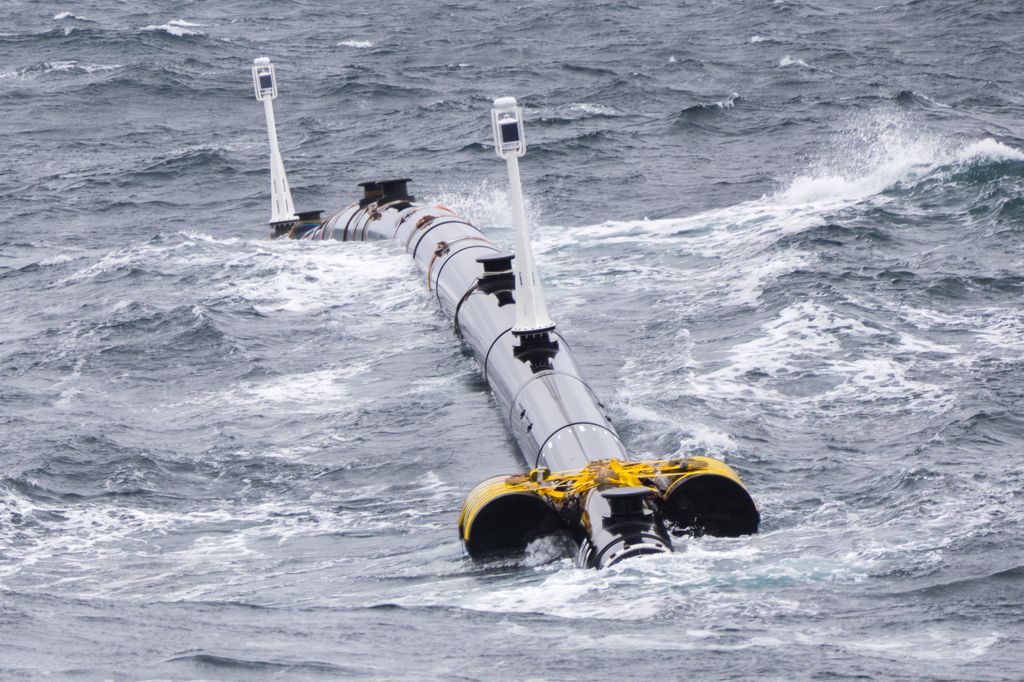
The Ocean Cleanup says it has worked hard to make System 001 strong.
(Source: The Ocean Cleanup.)
Still other people complain that cleaning up the ocean doesn’t stop the problem of all the plastic flowing into the oceans every year.
Mr. Slat agrees we need to find ways to stop plastic pollution from coming into the oceans. But right now, he’s thinking about all the plastic that’s already there.
As Mr. Slat told the New York Times, “We have to clean it up at some point in time and, actually, I would say the sooner the better.”
😕
This map has not been loaded because of your cookie choices. To view the content, you can accept 'Non-necessary' cookies.
